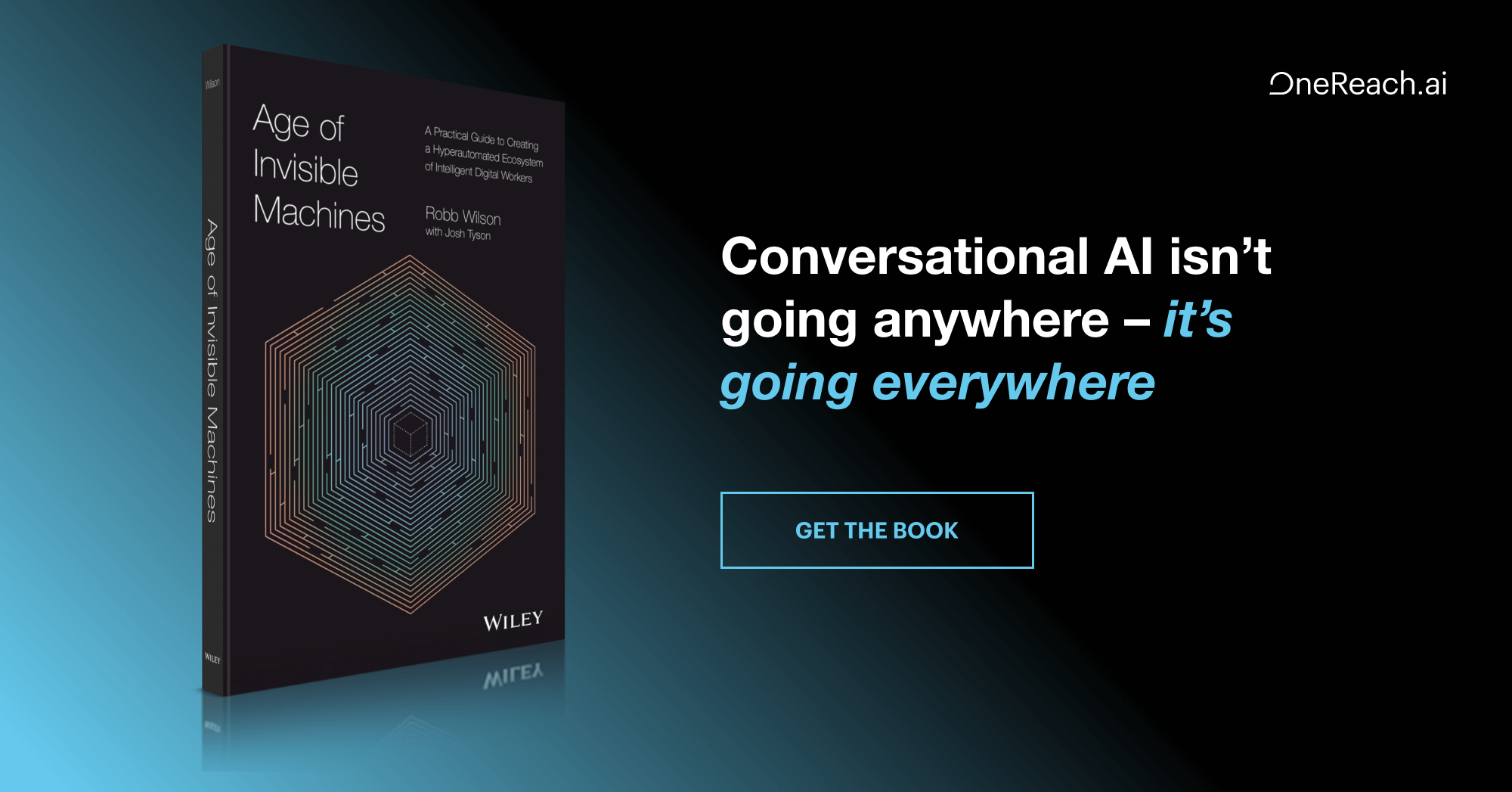I’ve worked in the UX discipline for over a decade now, and have been on a number of projects both large and small. One of the skills I’ve picked up in that time is pattern recognition, which helps me create personas and to identify trends to design for. It also helps me notice when certain things keep happening, namely mistakes that occur over and over again on almost every design engagement. These mistakes can derail a project and, at the very least, make work more difficult than it needs to be.
Here are the eight most common mistakes designers make (in no particular order):
1. Under-Communicating
Whenever a design team “goes dark” for too long the client starts to get antsy. Keeping key stakeholders in the dark will result in anxiety and frustration. So make sure you provide “check-ins” on a regular basis to let them know how things are going and preview designs whenever possible.
2. Over-Communicating
Having daily stand-ups with the client may make sense for some projects, but not design. This often leads clients to think they can micro-manage design work at the pixel level, which is not constructive and leads to a frustrated team and stakeholders who end up focusing on the wrong things (details instead of “big picture” stuff).
How much communication is needed? Feel the client out, and do something that is obvious in hindsight: ask. That will allow you to align your schedule and approach to their expectations.
3. Over-Documenting
UX designers need to document how a design works, so the developers can understand what should be done to make the designs a reality. But design documentation are a means to an end, not an end in and of itself. The design team should document at the appropriate level to support development and testing, not write a novel.
Document at the appropriate level to support development and testing, don’t write a novel
How much is enough? Again, communication is key: talk to the users of this documentation to understand their expectations. And, of course, find out what the client’s expectations are to make sure you hit that mark.
4. Under-Documenting
You can’t just sketch out the design on a back of a napkin and hand it to a developer or a stakeholder. You have to detail screen states, control behaviors, and map out the experience. Insufficient detail results in gaps in the experience and development and deployment issues.
5. Following the Same Process for Every Client
You’ll notice that a lot of the mistakes I have cited so far involved design teams being inflexible—there’s a reason for that. No matter what IDEO or Frog will tell you, there is no single “perfect” design process. You have to look at the context of the project, the timelines, and the expectations and adjust as needed. Optimally you want to have some key activities that take place on every project, but you have to “time-box” some of the design sprints and work. It’s all about being agile and flexible about your approach.
6. Not Doing Enough (or any) Research
One of the key activities referred to above is user research: you need to talk to end users (or potential end users) to understand their needs and inform the design. If you don’t have enough time, you need to make time—it’s that important. It gives you the context and understanding you need to do good work, because you have someone you are designing for.
7. Not Using Analytics and Legacy Data
“I don’t need marketing research or analytics, I’m going to talk to users!” User research is important, but you also need to leverage any details the client has to inform your understanding about the business “space” the design is intended for. Data can help you gain understanding and potentially trigger insights and ideas. But people who think they don’t need that type of information are often exhibiting what is possibly the worse mistake a designer can make:
8: Being Arrogant
I’ve worked with several “know it all” design types with egos the size of a small planetoid. Arrogance blinds you to empathy and understanding, and this usually results in angry stakeholders and frustrated team members. UX design is vitally important but we’re not curing cancer. Arrogant designers need to have some perspective.
Image of arrogant bro courtesy Shutterstock.







